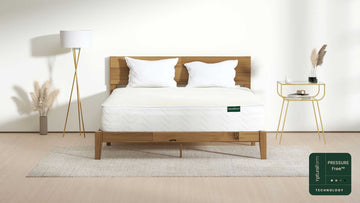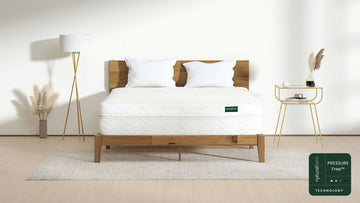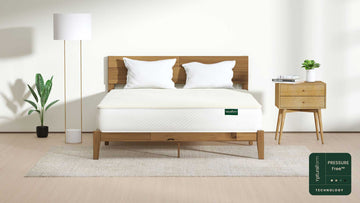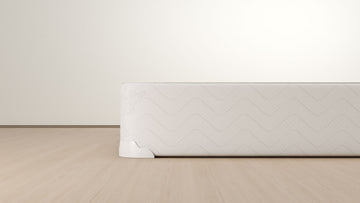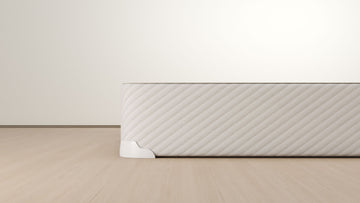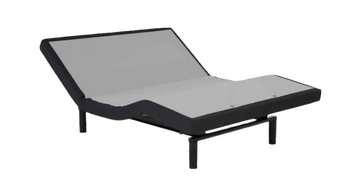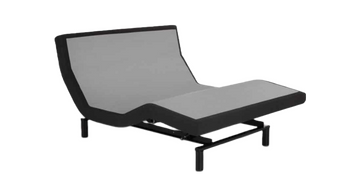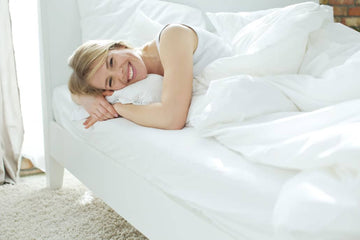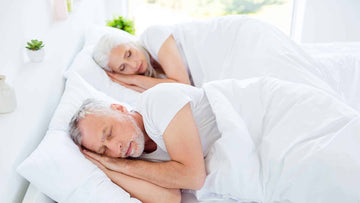About hypoallergenic mattresses
Allergy & Asthma Friendly
How mattresses contribute to allergies
Benefits of a Hypoallergenic mattress
What to look for in a Hypoallergenic mattress
Faqs
What makes a mattress hypoallergenic?
Hypoallergenic mattresses are designed to be safe for people with allergies. They make use of materials that repel and prevent the collection and growth of various allergens. This can include dust mites, bacteria and fungus that might be irritants to people with allergies or asthma. The materials stop these organisms from getting into the fabric, so that they don’t have the space they need to thrive. Hypoallergenic mattresses and other products can use a variety of methods to ensure they are hypoallergenic, which can range from chemicals to the use of organic materials that have naturally hypoallergenic properties.
Can a mattress cause allergens?
If you have the wrong mattress, it could contribute to your allergies or asthma. Environmental allergens in your home can be an issue, with dust mites in particular often presenting a problem. However, it’s not just these allergens that could contribute to allergies or asthma symptoms. It could actually be your mattress itself that exacerbates your symptoms. Mattresses are required by law to be flame retardant, which protects you in your home.
However, many companies use various chemicals to meet this requirement. These petrochemicals release harmful fumes, which is called off-gassing. This can cause a range of issues, from bad smells to health problems like eczema, coughing and watering eyes.
